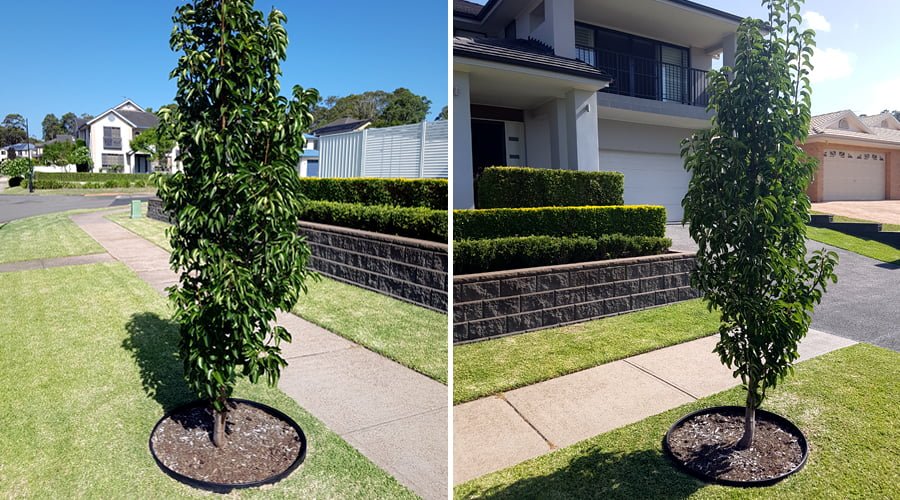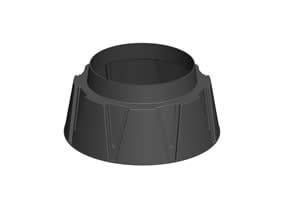Posted by Sophie Nichols on Wed, Sep 28, 2022 @ 4:40 AM
Why You Need A Root Director For Your Trees!

Table of Contents
At Citygreen, we believe that trees can help to alleviate the impacts of climate change, but first, we need to get them in the ground, so they thrive in our communities.
Planting trees in our bustling cities is no easy feat. The idea that you can plant a tree into a sidewalk or verge and hope that it will survive on its own during these erratic weather seasons we now face is an idea that has now been conclusively abandoned.
So what tree management options are available to ensure trees in urban settings have the best chance to grow into productive life long assets?
At Citygreen, we believe that planting trees using an adequately designed root management system is a small cost compared to the time and labour needed to replant trees and landscapes after premature death or removal due to infrastructure damage.
What is a Root Director?
Root Director is a circular root management device designed to prevent root swirl and divert root growth downward and outward away from surround urban infrastructure such as roads, and pavements. The root director sit over the trees rootball and encourages controlled root growth, which enhances the tree’s growth and overall longevity and stability.

Why you should use a Root Director for your next Tree

This innovative solution provides numerous benefits that support optimal tree growth and overall tree well-being. Here’s why you need a root director for your trees:
Enhanced Root Guidance:
A root director directs the growth of tree roots downwards directly from the root ball, guiding them away from potential obstacles such as utilities, sidewalks, or structures. This ensures that roots can expand freely in a controlled manner, reducing the risk of damage to infrastructure and promoting healthy root development.
Improved Nutrient and Water Uptake:
By directing the roots towards nutrient-rich soil and water sources, a root director optimizes the absorption of essential nutrients and moisture by the tree. This results in improved tree health, increased resistance to stressors, and enhanced overall growth.
Prevents Root Circling and Girdling:
Without proper guidance, tree roots may start circling or girdling around the tree’s own trunk, leading to restricted water and nutrient flow and eventually compromising the tree’s stability and health. A root director prevents such issues by redirecting the roots outward, promoting a strong and well-structured root system..
Related: How to Manage Tree Roots
Preserves Landscape Design:
In urban and landscaped areas, maintaining the intended design and aesthetic appeal is crucial. A root director allows trees to grow in a more controlled manner, preserving the desired landscape design while ensuring the trees’ long-term health and structural integrity.
Long-Term Tree Care:
Incorporating a root director as part of your tree care strategy promotes proactive and sustainable tree management. It helps minimize the need for root pruning or disruptive maintenance practices in the future, saving time, effort, and costs associated with tree care.
Investing in a root director is a proactive measure that supports the vitality and longevity of your trees. By guiding root growth and providing essential benefits, it’s a valuable tool for maintaining healthy, robust trees that contribute to the beauty and sustainability of your landscape.
Deeper and healthier root growth means the trees can access more subsoil moisture during dry periods. During wet periods, the roots have a greater and deeper span to find available oxygen in waterlogged soils.
Also, if tree roots are not directed downwards, they will grow horizontally and cause issues to other infrastructures like pipes and sidewalks.
Related: How Tree Roots Behave.
For more information download the free digital brochure below.
RootDirector Brochure.

